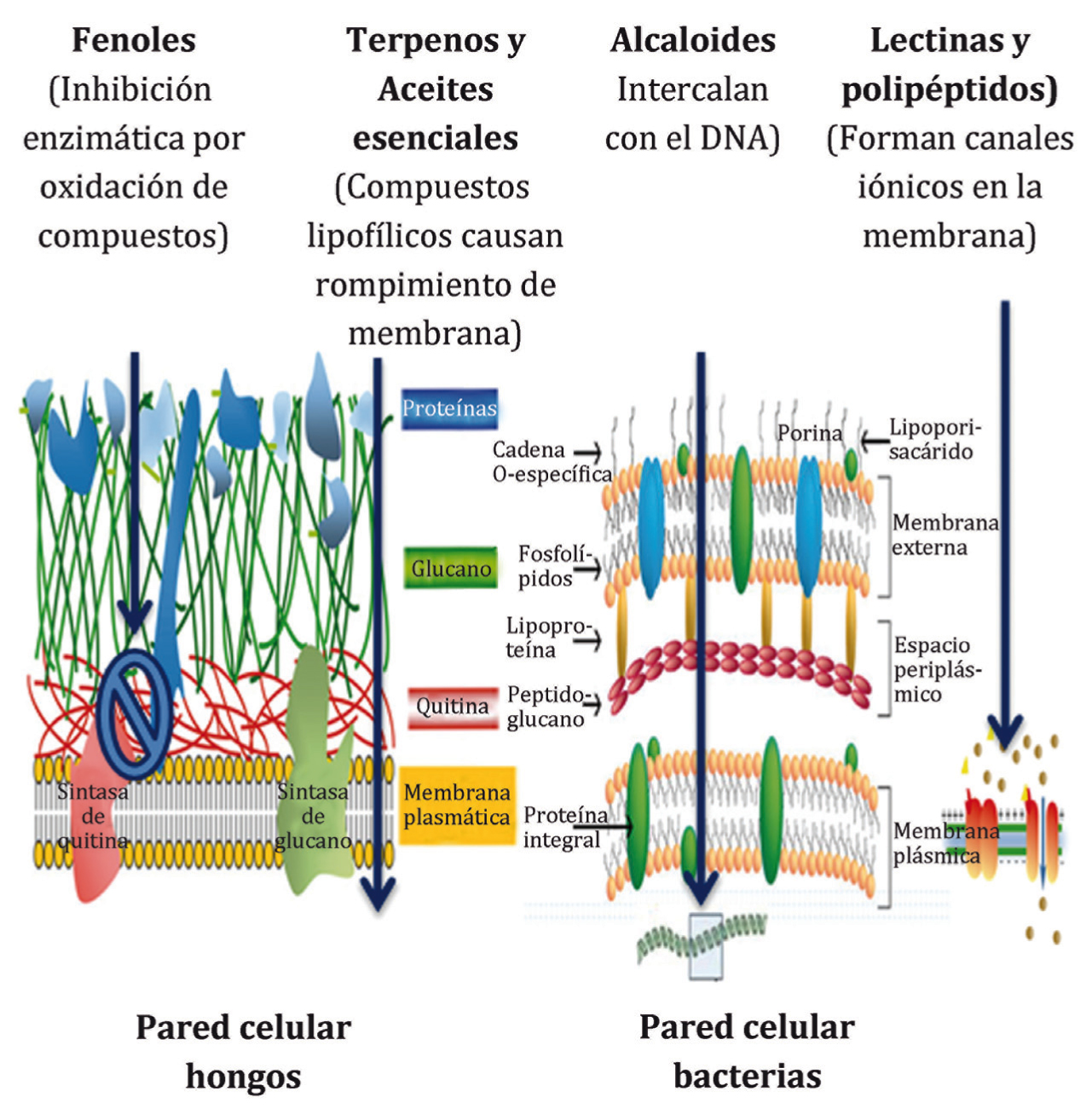Study of the autochthonous plants as a potential biocontroller in the northwest area of Mexico: control of phytopathogens
Keywords:
secondary metabolites, biocontrol, plant pathogenAbstract
The compounds generated by the metabolism of plants have different properties such as antimicrobial like a repellents which can be used by itself to control biotic factors which are affect the quality. The presence of diseases in agricultural crops is one of the main causes of production losses, because the microorganisms are affecting the organoleptic and visual quality of the fruits. In dry arid zonez, the conditions like salinity, high and low temperatures, among other abiotic factors promoted in wild plants the expression of compounds such as essential oils, which can be used in in vitro and in vivo conditions for growth inhibition of phytopathogenic to generate effects fungicides, fungistatic, bactericidal. The use of these products to controll diseases in fruit and vegetable products, is a an alternative option to the use of chemical pesticides. However, the literature is limited when it comes to auscultating information related with pestsand diseases considering desert plants such as those growhted in natural conditions in dry arid zones.

Downloads
Published
Issue
Section
License
Aquellos autores/as que tengan publicaciones con esta revista, aceptan las Políticas Editoriales.


